

I am sorry.
I stole this idea.
Steal it from me and make it your own.
Matt Cutts took to the stage in a TED conference and told all of us how to try something new for 30 days.
The inspiration came from the American humorist Morgan Spurlock and his starring role in the reality television series 30 Days. Good ideas go around, and this idea is the jumper cable to break the rut.
Let’s plug into the “why” of the whole thing first.
There is no psychological proof behind this time chunk. The “21-Day” habit forming spiel is a thumb-rule and a personal development myth. But I will quote the over-arching truth from James’ wonderful article:
The only way to get to Day 500 is to start with Day 1.
For me, 30-Day challenges are attractive because it is a trackable unit of time in our lives. Neither too long nor too short. In any dictionary, challenges can be a synonym for “focus”. Trying out 12 challenges in one year can teach you a lot about what you like and dislike…and yeah, even little things learnt would be worth it as the next year draws to a close. And I agree when Matt Cutts says,
There’s a few things I learned while doing these 30-day challenges. The first was, instead of the months flying by, forgotten, the time was much more memorable.
Having tried a few of these 30-Day challenges in 2015, I can put a seal of approval on their power. Consider this a personal manifesto of ideas. Steal away to make your own manifesto of 12 challenges.

Stop reading now. Get over the information paralysis.
It is a new resolution of mine to read less and create more. Master the clock and make time for your personal projects. Side projects are the best “shortcut” to learn something new as they instantly reveal the gaps in your knowledge. For instance: If you are a programmer, use these coding project ideas to learn faster. And it’s not only geeky stuff – you can do anything with a smattering of skills.
Where can you find ideas for side projects?
Action Step: Think of side projects as “experiments”. Go crazy and don’t fear failure.

Find someone who will challenge you.
Good mentors help to close the knowledge gap and make you see the things with new perspectives. The usefulness of mentors has come back into vogue thanks to the startup industry. But they have existed since Homer and Alexander. A good way to assess your needs for a mentor is to look at where you are in your life right now. And then seek someone who has already passed the paths you are on.
We have looked at a few tips to find mentors in your areas of interest. Use Twitter for your mentor search. Also, look into the tried and tested option of creating a mastermind group or a “creative circle” to fuel your self-improvement.
Find your Master Yoda with sites like:
Action Step: Do your homework and create a presentable profile for yourself.
Don’t be a part of every Facebook party.
Facebook is a relationship bunker. You can choose to stay underground or come up for air and connect with friends in the real world. In 2015, I used a prompt from Daily Challenge to embark on just such an exercise. After culling my friend list to 100, I went on a spree of connecting with friends via phone, Google Hangouts, and some good old cappuccino. I gained a few more Facebook friends since then, but I haven’t fallen prey to Facebook depression.
I don’t advocate quitting Facebook. It helps to stay connected across distances. The problems arise only when you make it the core of your relationships.
Action Step: Your true friends don’t need Facebook to reach you.
Because false beliefs are limiting.
Instant knowledge hands us facts and figures with a click of the mouse, on the other hand it also breeds viral misconceptions. The wrong belief also leads to decision paralysis. The next year could be a good time to start questioning your beliefs. And check if they stand the scrutiny.
For example, a common belief is that startups are the playground of the young. It is a common myth perpetuated by Silicon Valley. Break the myth by looking at startup founders around your age and how they started. Maybe, this interactive infographic can debunk the myth.
Google is yet to design a truth-checking algorithm, but there are many other ways to get the facts straight.
The web allows us to ask questions. Websites like ClearerThinking.org can help you gain some insights. And then there’s always TED Talks with inspiring tales like the video above.
Action Step: Spend a month spring cleaning your belief system.

Every New Years’ resolution is a thankless struggle to break bad habits.
There are apps by the dozen that come with the promise of changing your bad habits for good. You can use a 30-Day challenge to test a new way of living. Any success can give you the confidence to move ahead towards a long lasting makeover.
For January, I am trying a 30-Day flexibility challenge. Search Pinterest for similar infographics.
Here are some examples of public challenges you can take inspiration from and create your own. Tell us about them in the comments.
Action Step: Look around for 30-Day challenge ideas and make up your own challenges. Begin with the power of micro-habits.

No drawing skills required.
Doodling is an under-appreciated adult activity. Sunni Brown, author and doodling advocate, calls it a problem solving tool. Neuroscience supports the brain-enhancing effects of doodling and drawing. To quote William Klemm, a professor of neuroscience at Texas A&M University:
This is a way to get your working memory to carry more.
Doodling has enabled me to disconnect from digital devices and give my brain a mindful boost. But digital doodling is a thing now with apps like Doodle Patterns and even tools like OneNote to name just a few.
Action Step: Try doodling for 30 days and see if it helps to liven up dull content and meetings.

The world watches television, few watch documentaries.
Thanks to the Internet, watching quality documentaries is a fun and inexpensive hobby. Watching the right ones can forge opinion, help gain an insight into an alien culture, and also destroy false beliefs. It can be a powerful parenting tool and help them to foster curiosity in their children.
This year, I went on a documentary watching spree to learn more about graphic design. Maybe, you also have an interest which could benefit from a documentary “binge-watch”.
Action Step: Try sites like Documentary Heaven, Documentary Tube, Culture Unplugged, Sprword, SnagFilms, Viewster , and also do a search for the word “documentary” on YouTube to see what comes up. There are also enough documentary related articles on MakeUseOf to fill an entire month.

Every city has its hidden gems.
The web not only helps you discover all the cool happenings around you, but can also give you the chance to re-discover your city. And fall in love with it again. Explore your city with Google Maps right now. Think of it as a treasure hunt.
One of my 30-Day goals is to go on a photo mission with the EyeEm camera app and document city life across its span. I am also looking forward to socially connecting with friends across the city and asking their opinion about the nooks and crannies that deserve a look.
You can take to the pedestrian walks and over bridges with these social guide apps too:
Action Step: Combine your city tour with the emerging trend of micro-adventures.

The end result of good prioritization.
Not surprisingly, this could be the most difficult challenge to accomplish over 30 days. Experts and evidence points to the dangers of workaholism. Taking time to day dream, meditate, or just lie and read are unfortunate victims of our busy lives. Psychologists have shown that daydreaming has productive benefits.
If you’re trying to solve a complex problem, then you need to give yourself a real break, to let the mind incubate the problem all by itself. We shouldn’t be so afraid to actually take some time off.
But learning how to manage our calendars is one way of stealing that hour. You can use Google Calendar smartly to schedule an hour of free time every day. Add buffer minutes to every appointment on the calendar. These “extra” times offset the feeling of rush and also add to your free time if you manage to finish your tasks early.
Action Step: Shut off your digital devices when you have your hour.

Walk for better brain health.
Walking is the easiest way to kick off an exercise routine. Apart from the cardiovascular benefits, walking keeps our brain healthy. Researchers from Stanford also found that walking is one of the simplest ways to boost creativity.
Walking opens up the free flow of ideas, and it is a simple and robust solution to the goals of increasing creativity and increasing physical activity.
The Mayo Clinic has a 12-week walking schedule that gets you off the couch. But you can start with any 30-Day walking challenge too and lose the pounds. A simple Google search reveals charts and programs that take you towards a simple daily fitness habit.
Action Tip: Find a companion to walk along with you. Try to start a walking group in your locality.
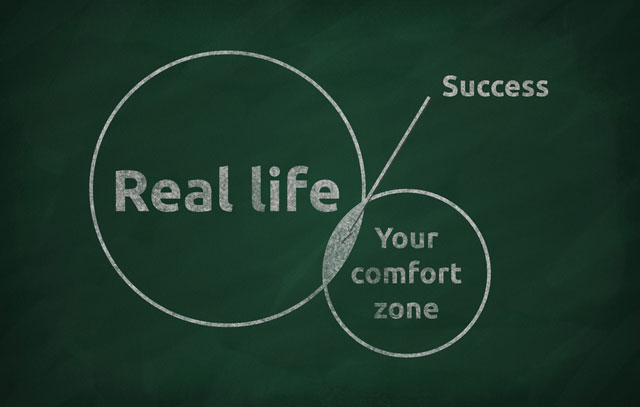
Step outside your comfort zone.
I have a scary list. It’s on Trello. The list is a collection of activities which will prod me out of my comfort zone. Public speaking is Number One. Make your own list. Maybe, like me, you will bypass the first, but achieve a few (e.g. facing a fear of water) that are down the list.
Trello helps me break down each goal into its smallest steps and break any resistance that blocks progress. Even one tiny step forward outside the comfort zone is a stride towards confidence.
Action Step: Take ideas from sites like Comfort Zone Crusher and Challenge Tribe when you can’t make up your own list. But the easiest way is to do the exact opposite of what you think is comfortable or easy.
You can be multi-passionate.
Some personal development goals can be connected. From the above list, I can set out to find a mentor for a specific creative project. Or, I can combine learning the skills of street photography while discovering a city. Combining your challenges is a way to find out what interests you more than anything else.
Multipotentialites can also find their one true calling by mixing and mashing these different life experiments.
Action Step: Swing by Puttylike for an introduction to the multipotentialite community.
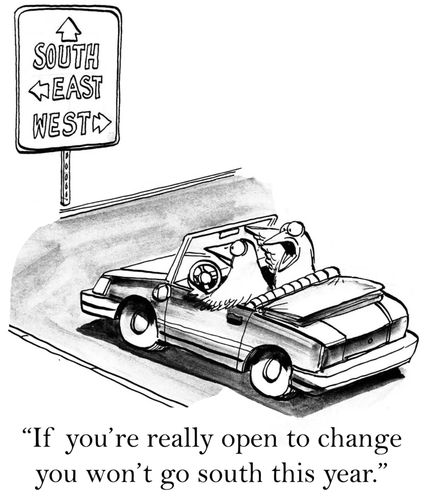
A few years back, Matt Cutts listed his own set of challenges. Your own file of challenges could be a combination of the fun and the practical. It could be 12 productivity habits or 12 learning goals. Reveal a bit of your personal manifesto below.
Does the idea of a 30-Day challenges enthuse you? Have you ever tried a time-constrained personal improvement challenge? What tips and ideas will you throw out there for us?
Image Credit: athlete hurdling by Stefan Schurr via Shutterstock, JD Hancock (Flickr); Lightspring via Shutterstock; Makaule via Shutterstock; Cartoonresource via Shutterstock
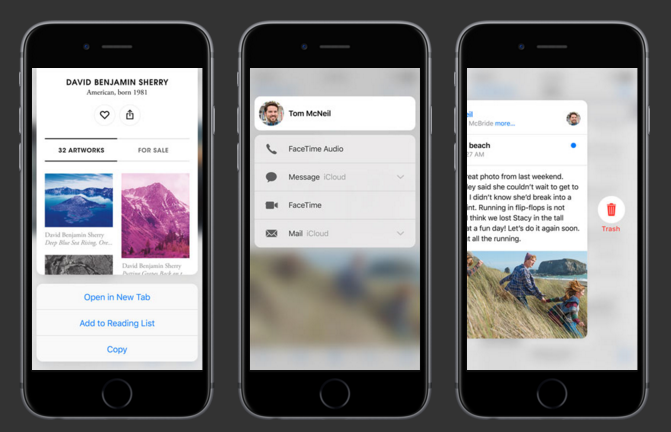
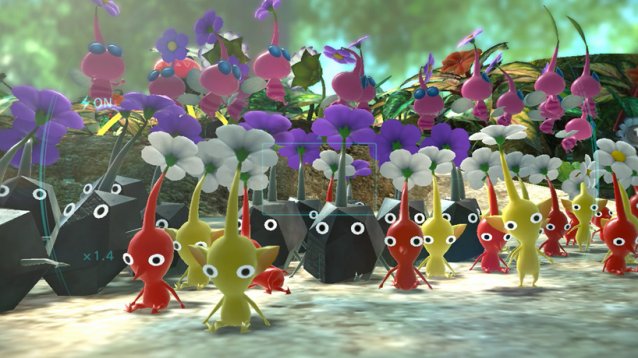

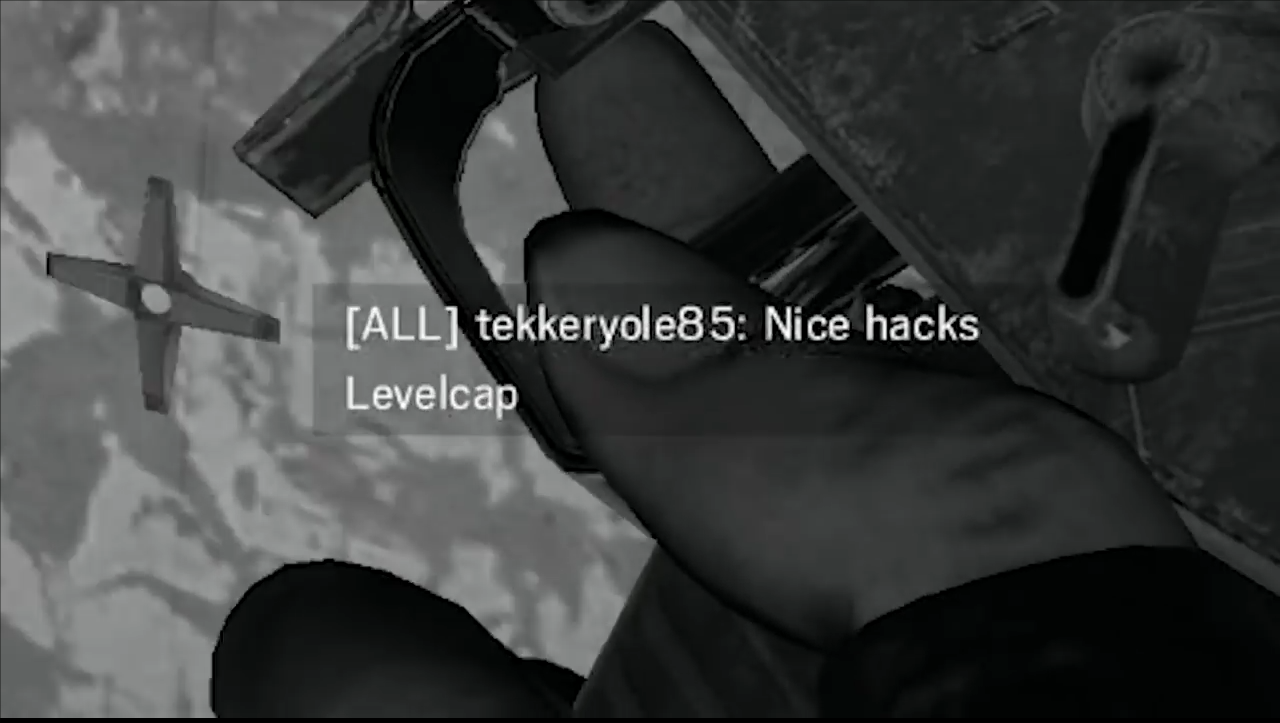
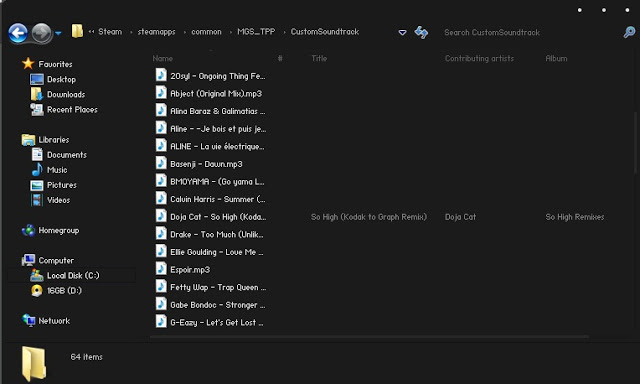 MGS 5 - The Phantom Pain add your own / favorite mp3 songs
MGS 5 - The Phantom Pain add your own / favorite mp3 songs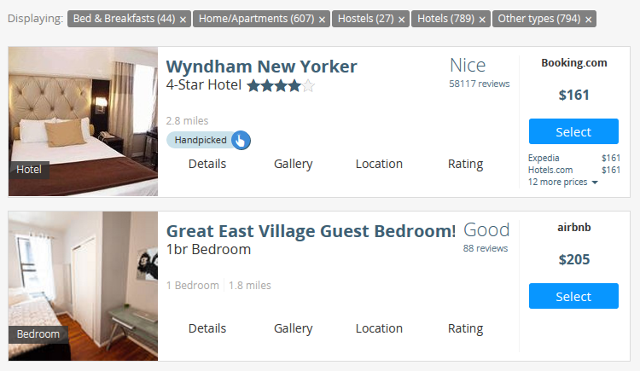 The Only Tool You'll Ever Need When Booking a Place to Stay
The Only Tool You'll Ever Need When Booking a Place to Stay Hearthstone Blackrock Mountain Guide: Defeating Highlord Omokk
Hearthstone Blackrock Mountain Guide: Defeating Highlord Omokk The Wii U Is Just A Nintendo Box...And I Dont Care
The Wii U Is Just A Nintendo Box...And I Dont Care Assassin’s Creed 3 - A Look at Design (E3)
Assassin’s Creed 3 - A Look at Design (E3)